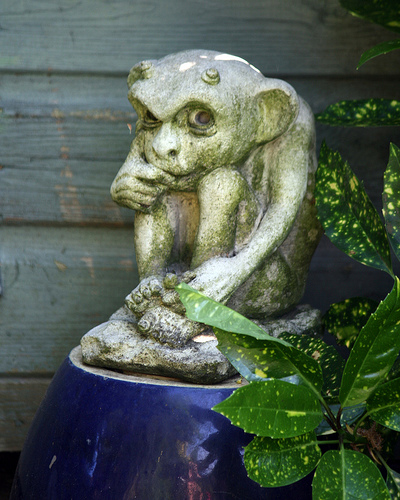They can bring riches… and disaster
African "goblins" have been in the news a lot in recent years. Stories about goblins stealing women's panties while they sleep, or causing a house to explode when they are beheaded, create a great deal of confusion for readers from different cultures.
The word "goblin" is just a loose translation in this sense. In the west, a goblin is a small, malicious creature. Most of us probably think of something like a cross between Gollum and a movie gremlin. Something mostly harmless, and completely fictional.
But in rural Africa, goblins are serious business. They go by many names, depending on the region and the language spoken. Most commonly, these creatures are called either tikoloshe or zvikwambo. The trade in these creatures used to be very hush-hush, occurring only behind closed doors. But in recent years, the sale of goblins has become much more public. Many can now be found for sale in market stalls throughout Africa. And the demand for goblins is rising steadily.
A goblin is created when a shaman harnesses a spirit and places it inside the body of an everyday item or (more often) living creature. Thus, a "goblin" could literally be anything: it could be a doll made from a coconut shell, a large beetle, a hedgehog, a mouse, a large moth - the shaman can choose any vessel to house the spirit. Most of them are sold encapsulated inside glass vials which are sealed to prevent the goblin from making magic (or mischief) before it is sold.
These are powerful spirits, and their use is regarded by most Africans with dread. As with any powerful spirit, you traffic in them at your own risk. The goblin may bring wealth or success, but it will almost invariably extract its revenge by bringing down calamity upon its owner. But just as desperate Americans were willing to sign up for balloon mortgages in the early 2000s, desperate Africans are willing to risk their house exploding or some other catastrophe in exchange for the slimmest hope at being able to make ends meet.
One reporter visited a market outside Harare, Zimbabwe and found that larger goblins reportedly cost around $11 USD, with smaller goblins selling for $4-5 USD. In a country rated as one of the three most impoverished nations in the world, with an average annual salary of $176.20 USD per person, the price of a goblin represents a substantial investment.
